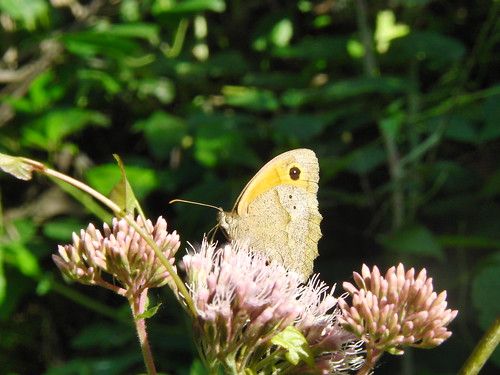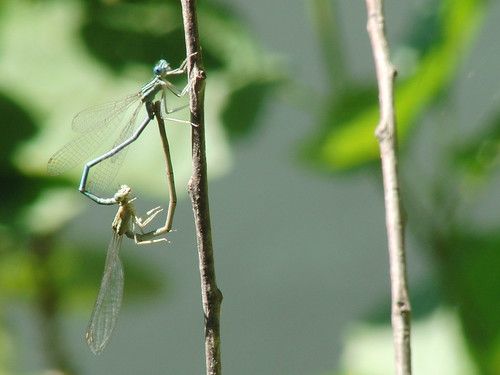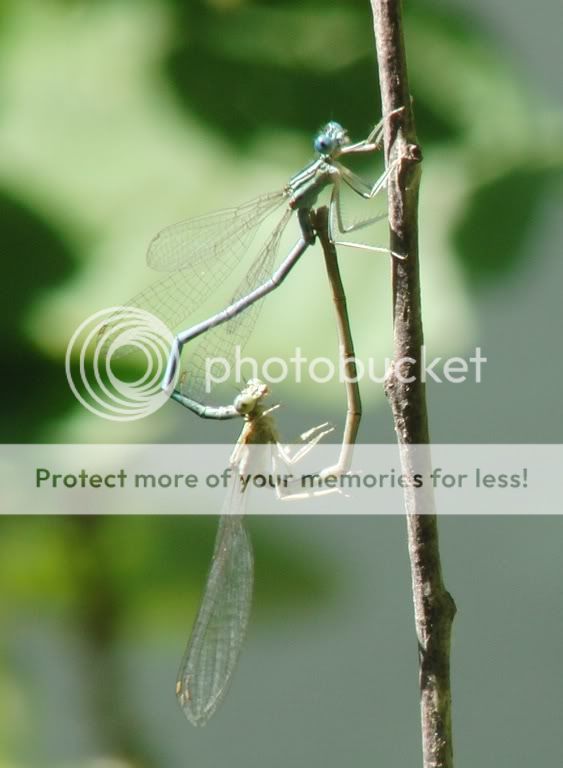Carp4U
Fish Crazy
Feeling slightly down about the quality of my photo's compared to some other people.
Would like a bit of advice on how to get better photos and some compliments, opinions and criticism of my work would be nice.
If it helps, I'm 15, I do this as a hobby, been doing so properly for a year or so mainly experimenting and teaching myself. I wanted an SLR but I found it was more in my budget and more practical for me to get a 9MP Super-zoom digital- Casio EX-FH20.
Here are my favourite ones but if you want to view any more I've got loads on my flickr account: http /www.flickr.com/photos/47991854@N05/
/www.flickr.com/photos/47991854@N05/

Super Macro Spider by Alex Staniforth: Wildlife/Nature Photography
Super Macro Spider- one of my cameras strengths.

Gateskeeper Butterfly Macro

Red Admiral Butterfly by Alex Staniforth: Wildlife/Nature Photography
Red Admiral Butterfly Macro

Red Squirrel! by Alex Staniforth: Wildlife/Nature Photography
Not an example of a great photo, but I was so happy to spot a red squirrel!

Comma Butterfly by Alex Staniforth: Wildlife/Nature Photography
Many people will think this is just blurred and out of focus but I think the use of macro from too far away so that it blurs the subject makes the picture of this Comma Butterfly quite effective.

Goldfinch of Nyger Seed Feeder by Alex Staniforth: Wildlife/Nature Photography

Ox-eye Daisy- Macro by Alex Staniforth: Wildlife/Nature Photography

Butterfly on Lady Smock Wildflowers by Alex Staniforth: Wildlife/Nature Photography

Lamb in Bracken by Alex Staniforth: Wildlife/Nature Photography
Got this one in the Lake District.

Grey Squirrel on bird table by Alex Staniforth: Wildlife/Nature Photography
Plenty of grey squirrels where I live!

Dewy grass in early sunrise by Alex Staniforth: Wildlife/Nature Photography
Tell me what you think, I have 90 pictures on Flickr, not all wildlife however. Those are just my favourite
Would like a bit of advice on how to get better photos and some compliments, opinions and criticism of my work would be nice.
If it helps, I'm 15, I do this as a hobby, been doing so properly for a year or so mainly experimenting and teaching myself. I wanted an SLR but I found it was more in my budget and more practical for me to get a 9MP Super-zoom digital- Casio EX-FH20.
Here are my favourite ones but if you want to view any more I've got loads on my flickr account: http
 /www.flickr.com/photos/47991854@N05/
/www.flickr.com/photos/47991854@N05/
Super Macro Spider by Alex Staniforth: Wildlife/Nature Photography
Super Macro Spider- one of my cameras strengths.

Gateskeeper Butterfly Macro

Red Admiral Butterfly by Alex Staniforth: Wildlife/Nature Photography
Red Admiral Butterfly Macro

Red Squirrel! by Alex Staniforth: Wildlife/Nature Photography
Not an example of a great photo, but I was so happy to spot a red squirrel!

Comma Butterfly by Alex Staniforth: Wildlife/Nature Photography
Many people will think this is just blurred and out of focus but I think the use of macro from too far away so that it blurs the subject makes the picture of this Comma Butterfly quite effective.

Goldfinch of Nyger Seed Feeder by Alex Staniforth: Wildlife/Nature Photography

Ox-eye Daisy- Macro by Alex Staniforth: Wildlife/Nature Photography

Butterfly on Lady Smock Wildflowers by Alex Staniforth: Wildlife/Nature Photography

Lamb in Bracken by Alex Staniforth: Wildlife/Nature Photography
Got this one in the Lake District.

Grey Squirrel on bird table by Alex Staniforth: Wildlife/Nature Photography
Plenty of grey squirrels where I live!

Dewy grass in early sunrise by Alex Staniforth: Wildlife/Nature Photography
Tell me what you think, I have 90 pictures on Flickr, not all wildlife however. Those are just my favourite


